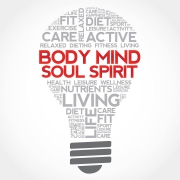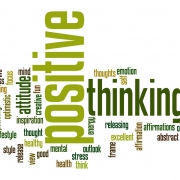Seasonal Affective Disorder
Seasonal Affective Disorder (SAD) is a mood disorder subset in which people who have normal mental health throughout most of the year exhibit depressive symptoms at the same time each year, most commonly in winter. Common symptoms include sleeping too much, having little to no energy, and overeating. The condition in the summer can include heightened anxiety.
Now the question is why does it happen at just certain times for certain people. Some say that the problems in winter happen because of decrease sunlight (there are higher incidents in Alaska than Florida) but that may not be the only issue. There may be a first cause which created the Seasonal Affective Disorder.
What if, something in your childhood led to the feelings of depression and you just carry it forward into your adult life. Did problems exist at home that started around season change or the holidays? Was there an addition to the family that caused you or your family distress? While there may be numerous reasons as to why this issue could appear, what is important to remember is that, no matter how it started, it becomes a pattern. Once it seems as if it is real because it keeps repeating, year after year, and so we start to believe there is nothing we can do to transform it.
By delving into the problem, we can find a first cause, if there is one, and work to lessen the symptoms, or eliminate the problem, if possible. Using tools like Neuro Emotional Technique, and Optimal Emotional Freedom Technique, we can explore the emotions involved with SAD and eliminate them from the issue. Making decision starts you on a journey to a freer life.












